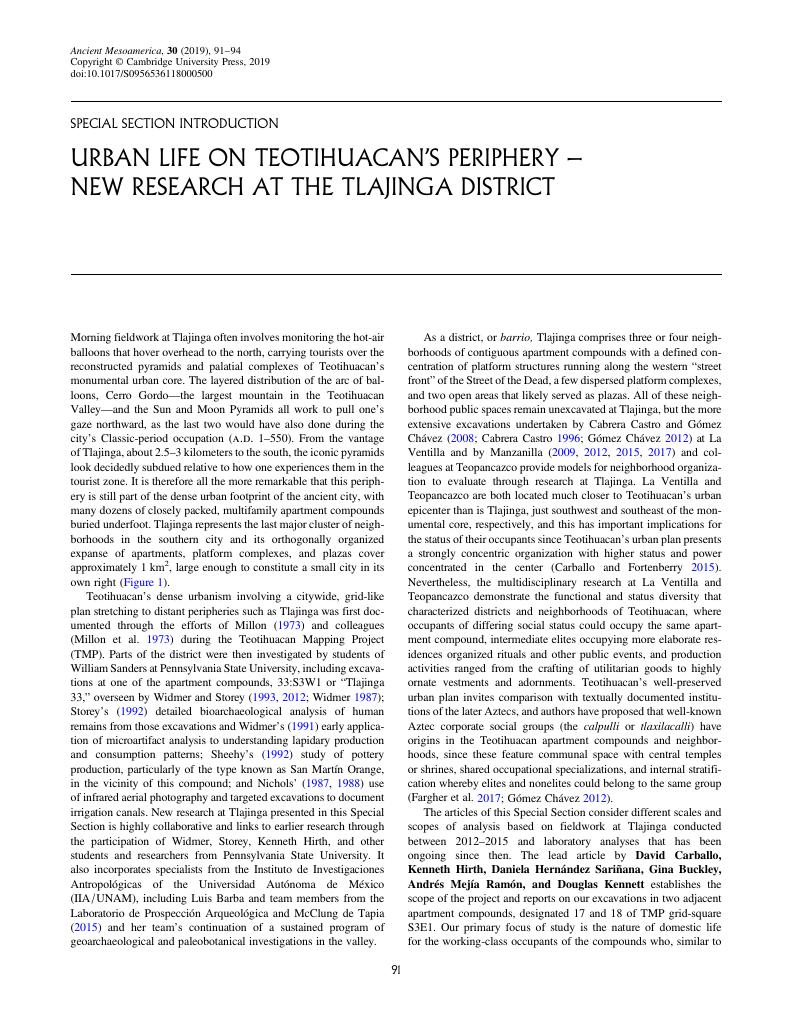Crossref Citations
This article has been cited by the following publications. This list is generated based on data provided by Crossref.
Carballo, David M.
Barba, Luis
Ortiz, Agustín
Blancas, Jorge
Hernández Sariñana, Daniela
Codlin, Maria C.
Saucedo, Alfredo
and
Torres Rodríguez, Gloria Dolores
2021.
Excavations at the Southern Neighborhood Center of the Tlajinga District, Teotihuacan, Mexico.
Latin American Antiquity,
Vol. 32,
Issue. 3,
p.
557.
Sugiyama and, Saburo
and
Sugiyama, Nawa
2021.
Mesoamerican Archaeology.
p.
98.
Forest, Marion
and
Somerville, Andrew
2023.
Un suburbio de Teotihuacan: Nuevas investigaciones en el barrio de Hacienda Metepec / A suburb of Teotihuacan: New research in the neighborhood of Hacienda Metepec.
REVISTA TRACE,
p.
219.
López-Puértolas, Carlos
Casanova-González, Edgar
Mitrani, Alejandro
and
Ruvalcaba-Sil, José Luis
2023.
New insights on Teotihuacan color technology: a proposal of a technological style for mural painting.
Archaeological and Anthropological Sciences,
Vol. 15,
Issue. 6,



